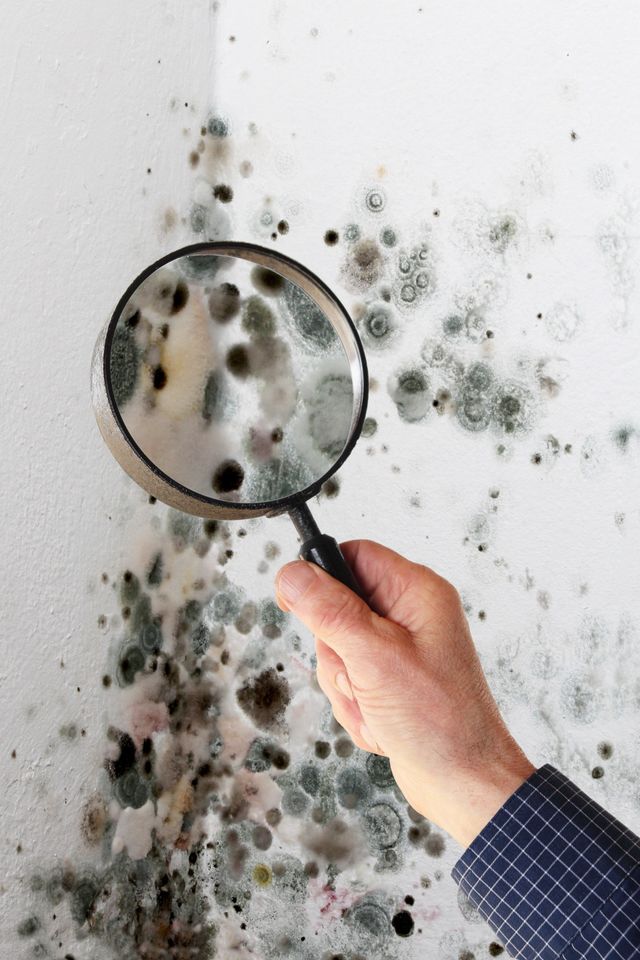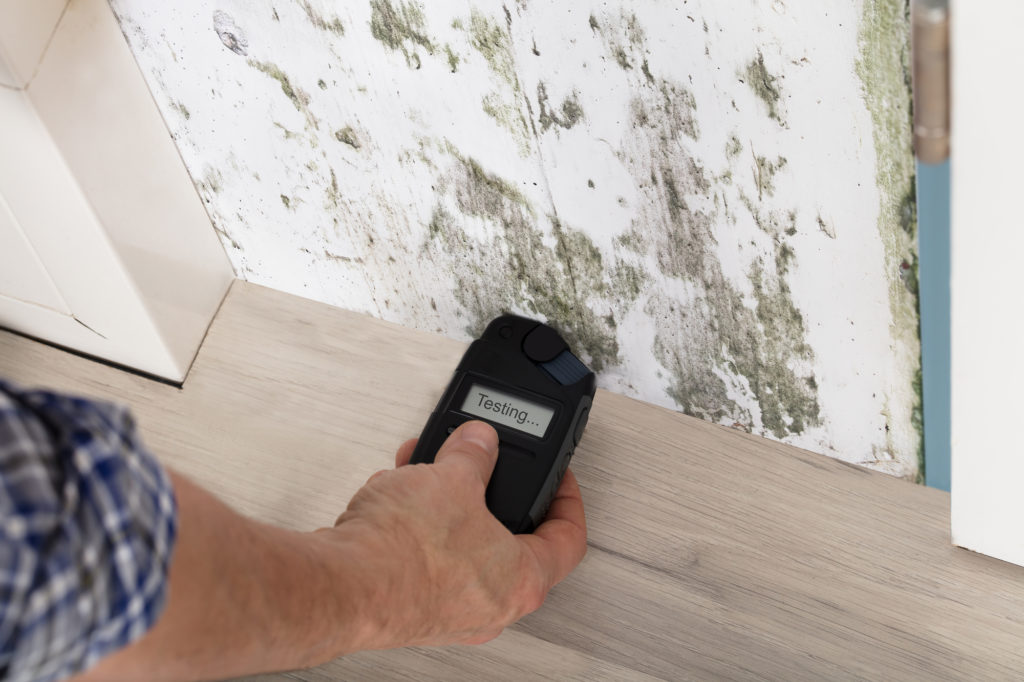Making Certain Post Remediation Verification Accuracy
Making Certain Post Remediation Verification Accuracy
Blog Article
Your Ultimate Overview to Blog Post Mold Remediation Techniques
Navigating the realm of post-mold removal methods is a precise process that demands attention to information and a comprehensive understanding of the ins and outs included. In the aftermath of mold problem, recognizing exactly how to successfully remove the mold and avoid its reoccurrence is vital for maintaining a healthy interior setting. From choosing the best cleansing and sanitizing methods to implementing techniques for long-term mold and mildew prevention, each action in the removal trip plays an important role in guaranteeing a successful end result. As we start this expedition of post-mold removal techniques, we will certainly reveal the key techniques and best methods that can aid you restore your area to its pre-mold problem and guard it versus future mold and mildew risks.
Recognizing Post-Mold Remediation Process
After finishing the mold and mildew removal process, it is important to recognize the post-mold removal techniques that are needed to make certain a reliable and extensive cleanup. Once the mold and mildew has been eliminated, the following step entails cleansing and decontaminating the impacted locations to prevent any type of regrowth of mold.
Furthermore, conducting a last inspection post-remediation is vital to make certain that all mold and mildew has actually been successfully removed. This evaluation should entail an extensive visual check in addition to potentially air tasting to verify the absence of mold spores in the air. If the evaluation exposes any lingering mold and mildew, added removal may be needed. Last but not least, enlightening residents on precautionary steps such as managing moisture degrees and immediately dealing with any kind of water leaks can aid preserve a mold-free environment.
Efficient Cleansing and Decontaminating Techniques

Preventing Future Mold And Mildew Growth

Significance of Appropriate Air Flow
Proper ventilation plays a crucial duty in protecting against dampness accumulation, an essential factor in mold and mildew development within indoor environments. Reliable ventilation systems assist eliminate excess humidity from the air, lowering the possibilities of mold spores discovering the moisture they require to spread out and germinate. Without adequate air flow, indoor rooms can end up being a breeding place for mold, leading to potential health and wellness threats and structural damage.
By ensuring correct air circulation, air flow systems can also aid in drying moist locations extra rapidly after water damage or flooding cases, additionally hindering mold and mildew growth. Post Mold remediation cleaning. Precede like washrooms, attic rooms, cooking areas, and cellars where wetness levels have a tendency to be higher, installing and keeping reliable air flow systems is important in protecting against mold and mildew invasions

Monitoring and Upkeep Tips
Provided the essential duty that proper ventilation plays in protecting against mold development, it is important to establish reliable tracking and upkeep suggestions to make certain the continued capability of ventilation systems. Normal inspections of air flow systems should be carried out to look for any kind of signs of clogs, leakages, or breakdowns that can restrain appropriate air movement. Surveillance moisture degrees within the residential property is also critical, as high humidity can add to mold and mildew development. Mounting a hygrometer can help track humidity degrees and alert house owners to any spikes that might need interest. Additionally, making certain that air filters are routinely cleaned or replaced is necessary for preserving the effectiveness of the ventilation system. Applying a routine for regular upkeep tasks, such as air duct cleaning and cooling and heating system evaluations, can aid avoid problems prior to they rise. By staying conscientious and proactive to the condition of ventilation systems, homeowner can successfully minimize the threat of mold and mildew regrowth and maintain a healthy indoor environment.
Conclusion
In verdict, post-mold removal methods are Resources necessary for guaranteeing a safe and tidy atmosphere. Understanding the process, applying reliable cleansing and decontaminating approaches, stopping future mold and mildew development, preserving proper air flow, and routine monitoring are all vital steps in the remediation procedure. By adhering to these guidelines, you can successfully get rid of mold and mildew and stop its return, working or promoting a healthy and balanced living room for all passengers.
In the aftermath of mold infestation, understanding how to successfully remove the mold and mildew and stop its reoccurrence is paramount for maintaining a healthy interior environment. As soon as the mold has actually been removed, the next action involves cleaning and disinfecting the impacted locations to avoid any kind of regrowth of mold - Post Mold Remediation Report. After getting rid of noticeable mold and mildew growth, it is important to cleanse all surfaces in the afflicted location to remove any staying mold and mildew spores. To further enhance mold avoidance actions, it is vital to resolve underlying issues that at first led to mold and mildew growth.Given the important role that appropriate air flow plays in protecting against mold and mildew growth, it is vital to establish efficient monitoring and maintenance pointers to guarantee the ongoing performance of air flow systems
Report this page